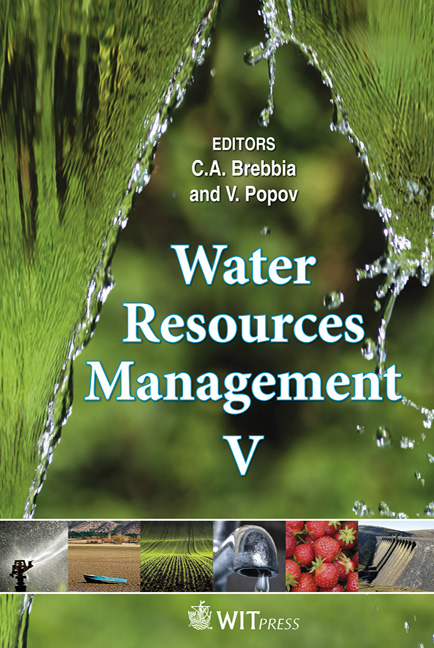Mathematical Models For Irrigation And Nutrient Management Practices To Improve Nitrate Pollution Control
Price
Free (open access)
Transaction
Volume
125
Pages
12
Page Range
197 - 208
Published
2009
Size
1312 kb
Paper DOI
10.2495/WRM090181
Copyright
WIT Press
Author(s)
A. M. Marinov & T. Petrovici
Abstract
Soil and groundwater pollution with nitrates is a major environmental concern in Romania as well as in all countries with intensive and irrigated agriculture. Methods of fertilizer application, timing, relation of nitrogen to other nutrients, cropping systems and water management influence nitrates leaching. The best solution to avoid groundwater pollution is to limit nitrogen fertilizer application to the amount likely to be used by crop, but an accurate nitrogen balance is difficult to determine. We propose here measures to reduce the loading of groundwater by nitrate. Using two coupled mathematical models, several irrigation and fertilizer management scenarios were simulated, on two years meteorological data, to investigate the effects of lumped and split fertilization schedules, for a representative set of crop and irrigation conditions. The model we propose here describes mathematically the biochemical reactions among different compounds of nitrogen in a soil-water-plant system. For a Romanian region, knowing the soil properties, meteorological data, crop type, evaporation, and the fertilizer concentration we, mathematically demonstrate that split fertilizer application reduce the amount of nitrates leaching toward the groundwater. Keywords: soil, agriculture, groundwater pollution, water management, irrigation, fertilizer application, nitrogen, nitrates, mathematical model.
Keywords
soil, agriculture, groundwater pollution, water management,irrigation, fertilizer application, nitrogen, nitrates, mathematical model





